Bananas make a great snack because they are very filling. When you eat just one medium-sized banana, you get lots of nutrients that give you energy, make you less hungry, and help you stay full for many hours. But how exactly do bananas manage to keep your hunger away for so long? They have several important nutritional features that help you feel full.
Table of Contents
Natural Sugars Give You Long-Lasting Energy
Bananas have sugars like glucose, sucrose, and fructose, which the body takes in slowly. This gives you a steady supply of energy that lasts a long time. It helps you stay full and not get hungry again quickly, which can happen when you eat snacks with lots of processed sugar that make your blood sugar go up and down fast.
The fiber in bananas works with the natural sugars to make sure your body gets this energy slowly. This is different from the quick and short bursts of energy you get from processed sugar.
Fiber Helps You Stay Full
A medium banana has about 3.1 grams of fiber, which is more than 10% of what you need every day. Fiber makes you feel full because it turns into a gel-like substance in your stomach that takes a while to digest. This means food stays in your stomach longer, which keeps you feeling full.
Also, fiber is food for the good bacteria in your gut. These bacteria make short-chain fatty acids from fiber, which help control your hunger hormones.
Lots of Nutrients Help Stop Cravings
Eating bananas can help stop cravings that come when your body is low on certain nutrients. They are full of potassium, which is important for your nerves and muscles, and B vitamins like vitamin B6, which helps make serotonin and dopamine. These chemicals in your brain affect your mood and appetite.
Bananas also have tryptophan, which helps make serotonin, a chemical that makes you feel happy and can stop you from wanting to eat because of your emotions. They also have magnesium for strong bones, vitamin C to support your immune system, and melatonin to help you keep a regular sleep schedule.
Water and Electrolytes Keep You Hydrated
Staying hydrated can also help keep you from feeling hungry. Bananas are about 75% water and have important electrolytes like potassium, magnesium, and manganese. These keep your body hydrated and full of energy.
Electrolytes also help your body hold on to water, which can make your stomach feel full and keep you satisfied for a longer time.
Resistant Starch Keeps You Feeling Satisfied
As bananas get riper, their starch changes from being easy to digest to being resistant starch that your small intestine can’t break down. This resistant starch then goes to your large intestine, where it feeds the good bacteria and helps make substances that make you feel full. It also slows down how fast your body takes in nutrients, giving you a longer-lasting supply of energy.
Low Calories Help You Control How Much You Eat
Even though bananas are very good at stopping hunger, they don’t have a lot of calories. A medium banana has just over 100 calories. This makes it a good snack to have between meals, so you can eat less calories overall but still feel full. Bananas are not very dense in calories and they have a lot of water and fiber, which lets you fill up without eating too many calories.
Greener Bananas Have More Resistant Starch
If you want more resistant starch in your bananas, choose ones that are still a little green. The greener the banana, the more resistant starch it has.
Summary
In conclusion, bananas come with a lot of nutrients that can keep you full for a long time. They have fiber, natural sugars, electrolytes, and resistant starch that all work together to stop you from feeling hungry.
Add bananas to your diet as a way to eat a healthy snack that keeps you full. You can put them in smoothies, oatmeal, sandwiches, and baked goods. Be creative and enjoy the many ways bananas can help control your appetite.


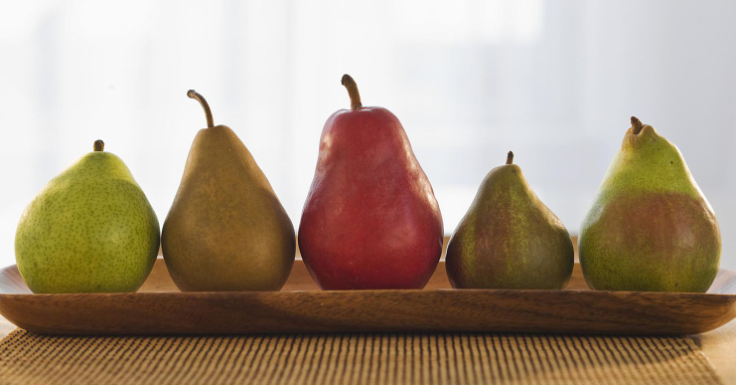

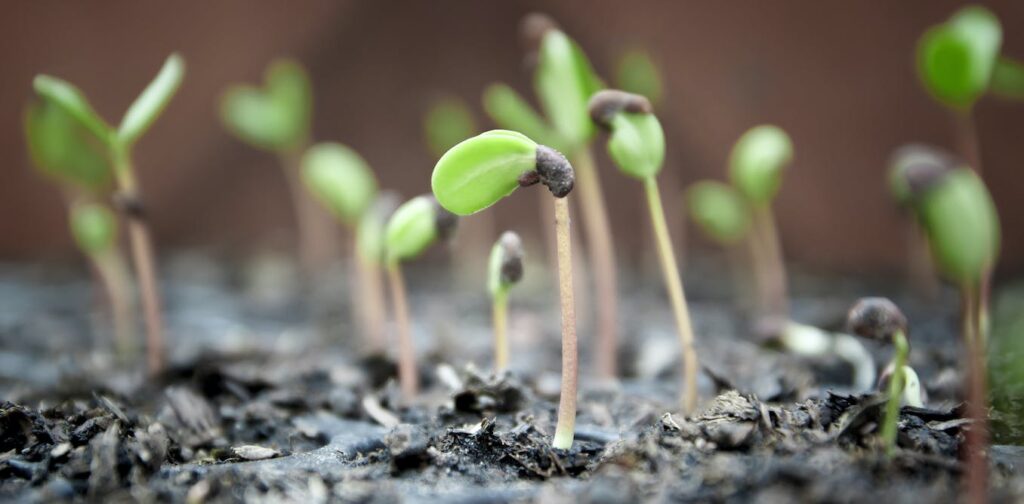
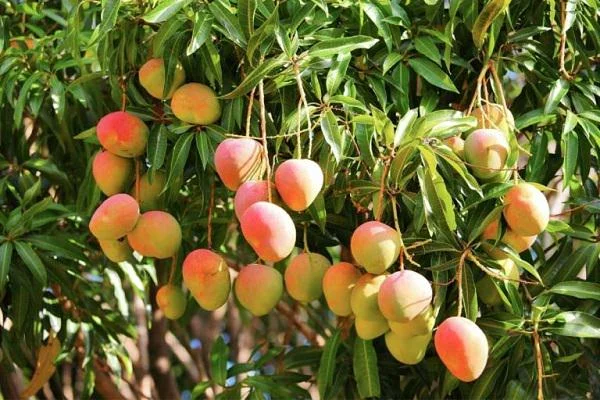
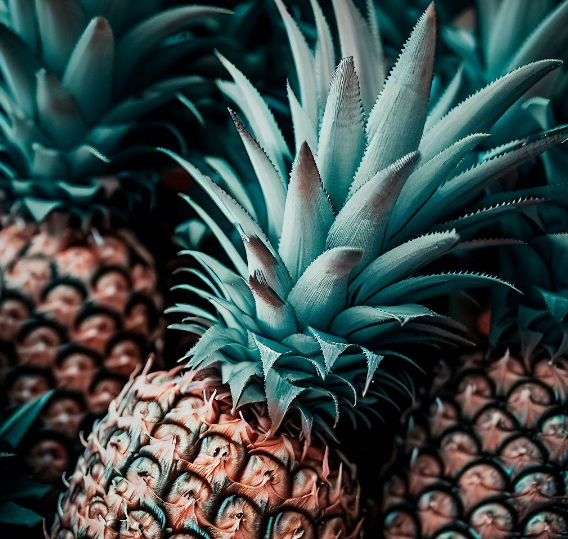
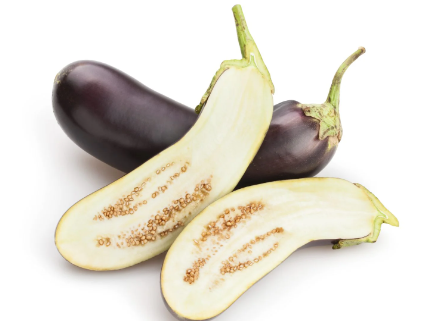
![What Is the National Fruit of Malaysia And Why? [ANSWERED]](https://fruitonix.com/wp-content/uploads/2023/04/What-Is-the-National-Fruit-of-Malaysia-And-Why.jpg)
